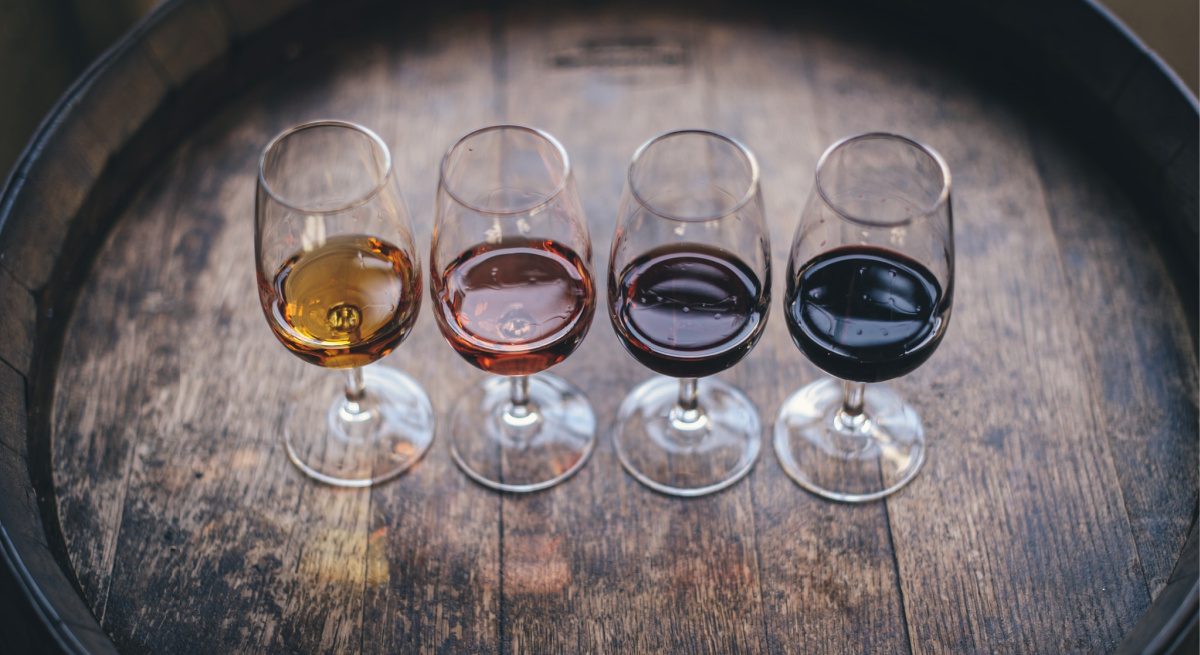Best Practices for Trimming Alcohol Overhead in the COVID World
3 Min Read By Jack Cohen Martin
Restaurants have been quick to adapt to the changing COVID-19 environment by implementing systems that offer curbside pickup and delivery while aggressively marketing their local takeout and outdoor dining options. They sold wine bottles where possible and cocktails to go, a concept that was, until now, illegal in most states. Now that the initial dust has settled, restaurants are starting to think long term again. Knowing that beverages offer the longest shelf life and highest margin, BevAlc is taking center stage for restaurants owners.
Choosing a wine or spirit at a restaurant now has to mimic the feeling of choosing a vacation destination.
For Rustic Table, a restaurant operating within the hospitality focused district of Times Square in New York City, the impact of Covid-19 seems insurmountable. The neighborhood of ‘Hell’s Kitchen’, heavily relies on tourists and offices to maintain a once thriving day time business scene. Normally a vibrant spot for working professionals, it is now vying for business in order to survive.
As the world of hospitality attempts to recover from the impact of Covid-19, maintaining cash flow and slowly building up revenue are key elements to any establishment’s ability to survive. It’s a delicate balance of cash flow and savings on overhead costs that has restaurant owners scrambling for solutions.
The first important factor is margin. For BevAlc buyers, price point as a function of quality, although always important, will become crucial over the coming months and years. Finding the right balance of what local guests want, at the maximum price point and minimal cost could be the difference between surviving and closing the doors. Ensuring that other entities in the supply chain share their margins and burden with you is critical.
The second factor is selection. Gone are the days where we could ponder our next vacation destination, or the prospects of a promotion or new job. With so much uncertainty in the future, consumers want to feel more in control wherever they can. Choosing a wine or spirit at a restaurant now has to mimic the feeling of choosing a vacation destination. Would you like to travel to the Veneto region or to Napa Valley in your glass today?
The third, and often underestimated factor, is communication with suppliers. The world is now connected more than ever on zoom with virtual tastings, winery presentations, etc. Now is the time when retailers can actively chat with suppliers and get all of the information that they can later relay to their consumers. They can offer virtual tastings with Chilean wineries, Yoga in the vineyards of New Zealand, and a tour of the hotel in Chateauneuf du pape. This is the time to engage your guests with knowledge and events from the abundant direct contact available
All this to say that not all is lost for Rustic Table and, if they focus on these three opportunities, they just might rebound. Restaurants should actively seek solutions, both technological and otherwise, with their most profitable assets, Wine & Spirits.
Restaurants find themselves delivering wine bottles and canned beers for off premise consumption, which for them, is a game reinvented.
As GrapeIn works with partner restaurateurs, the constraint to dine out evidently changed consumers behavior drastically and at the same time, consumers have been shifting towards a higher consumption of alcoholic beverages. Restaurants find themselves delivering wine bottles and canned beers for off premise consumption, which for them, is a game reinvented.
At the same time there is a strong incentive to act and capitalize on the opportunity as a source of higher margins.
At GrapeIn we have noticed that restaurants who have been successful at adapting have been adopting boutique-liquor-store-like strategy: focusing on establishing relationships with like-minded small suppliers of wine and spirit. Most find that there is high synergy between their businesses. Both small suppliers and small trade buyers have very little leverage working and relying on the big distributors. By connecting directly both buyers and suppliers manage to monetize better and most importantly- form valuable partnerships, which delivers better service, more essential information and education that can be passed on to consumers, price guarantees and secure allocations.
These connections are now even more relevant as there are less sales reps from the big distributors on the streets.
Restaurants were able to leverage online marketing activities in order to better adapt to the current ecosystem and monetize better, and in particular:
- Research products and suppliers that seem to be a good fit to their business
- Connect and message suppliers for info and samples
- Order and keep track of delivery
- Without leaving home


